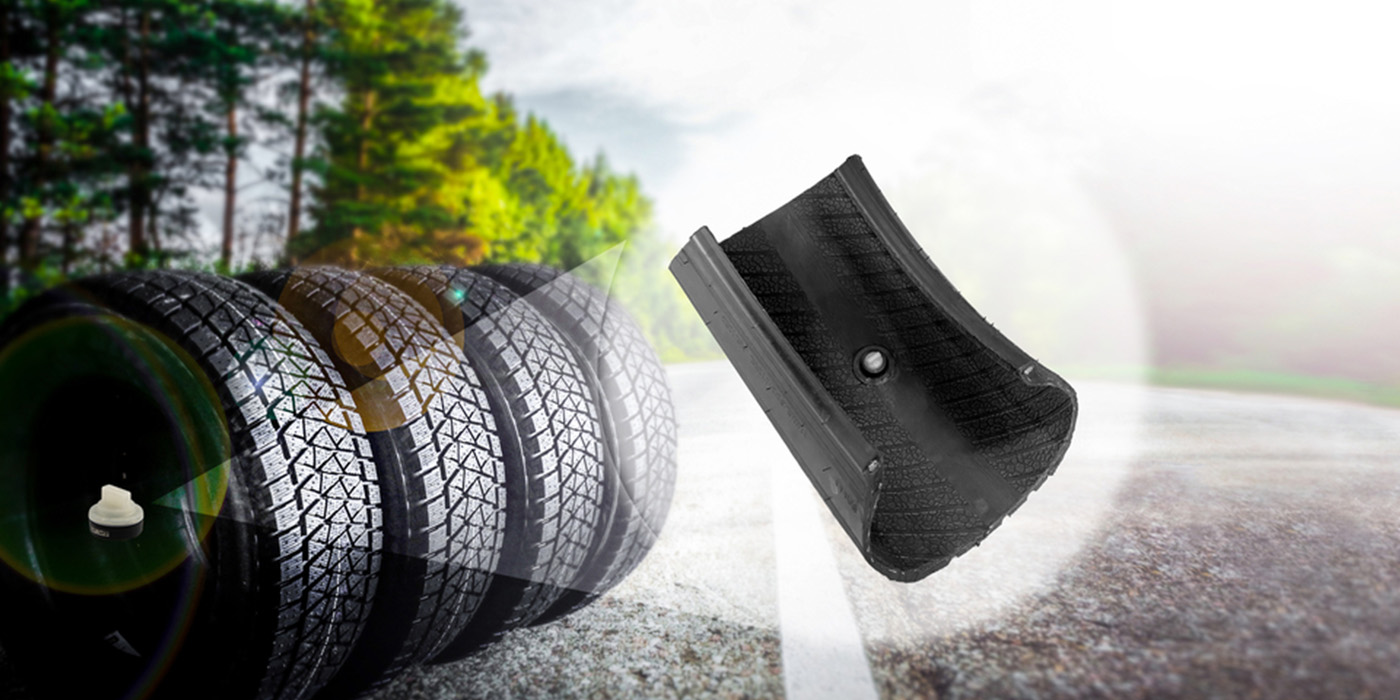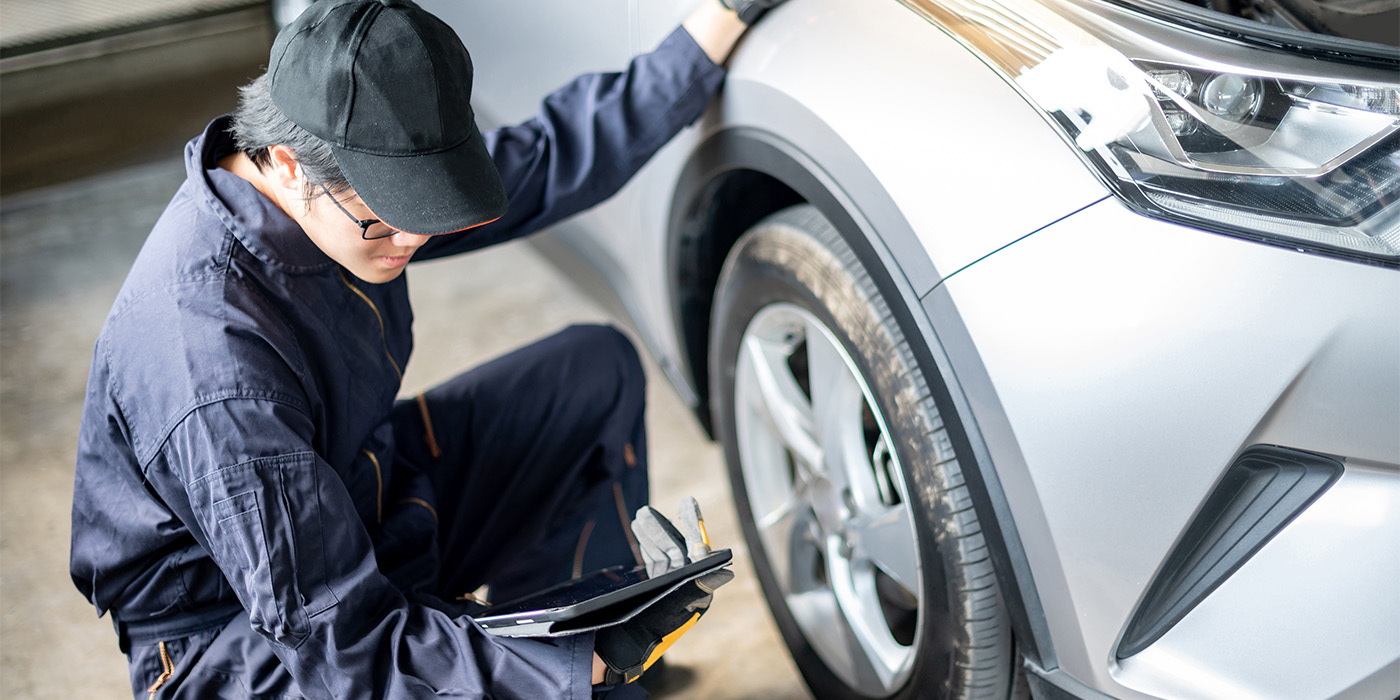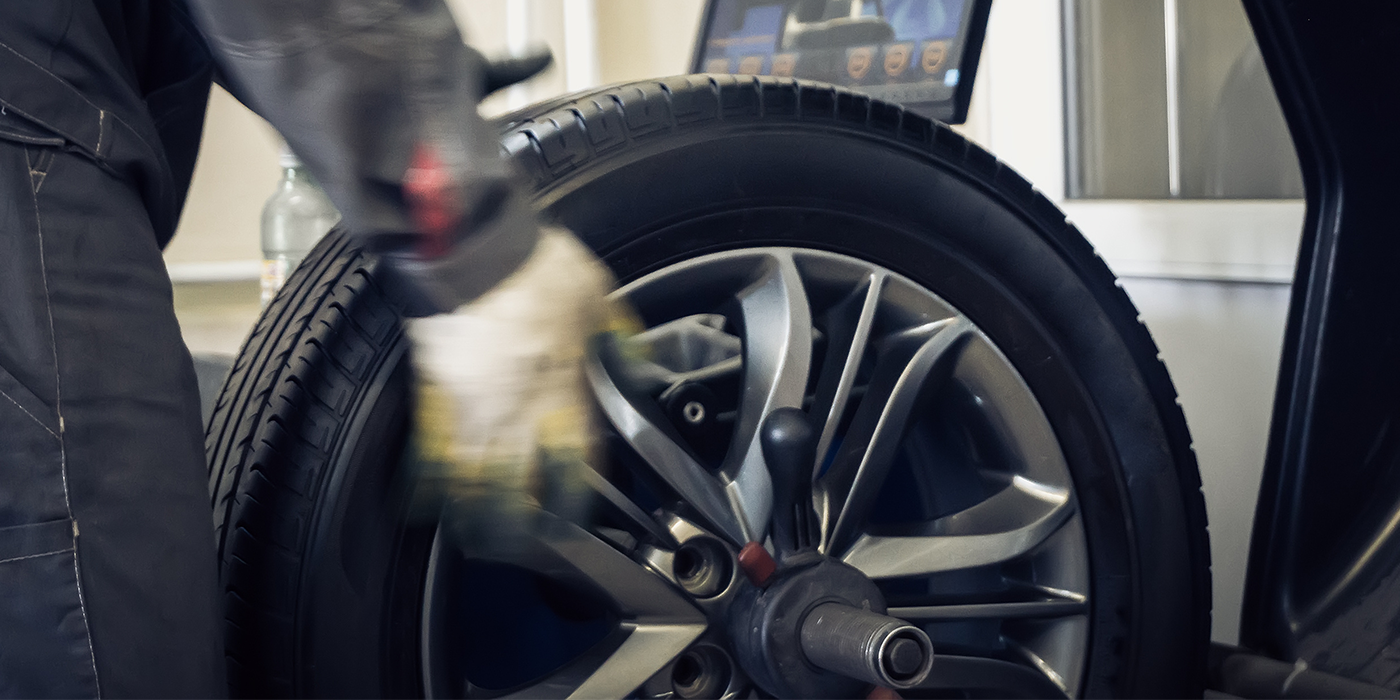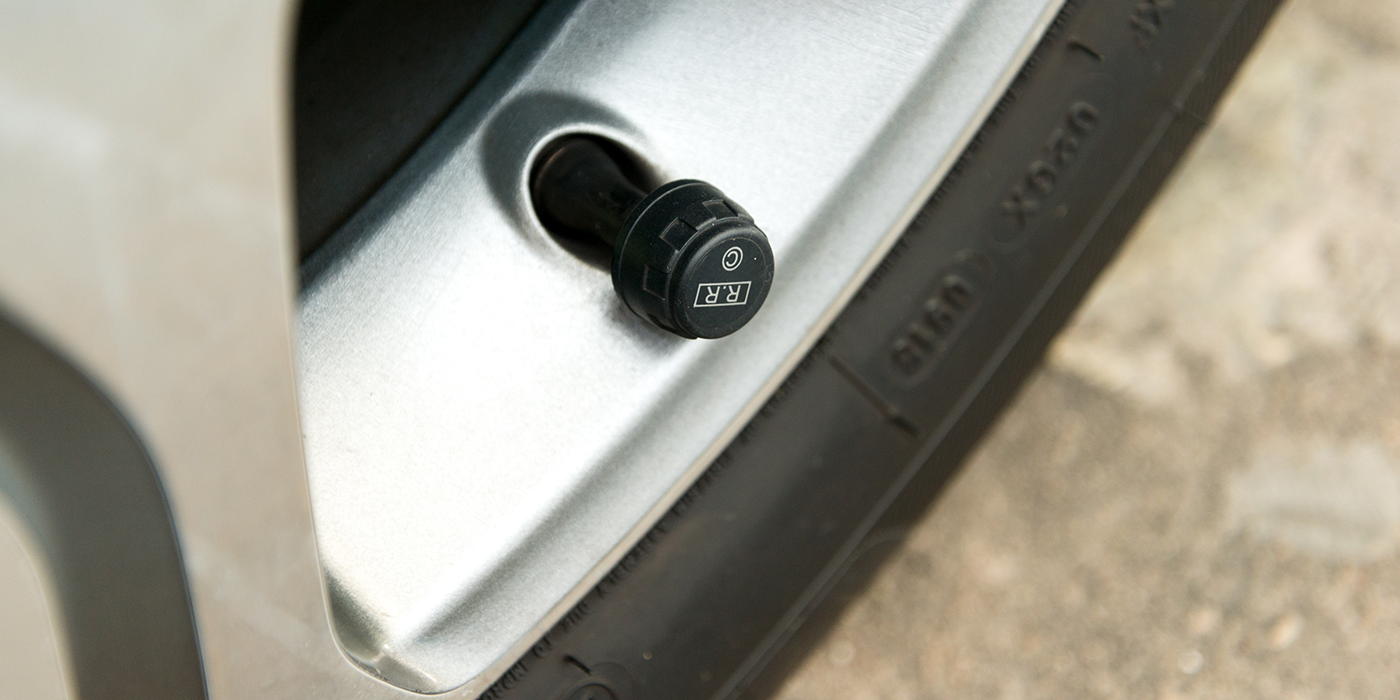According to the American Automobile Association (AAA), the third most common cause of roadside breakdowns is loss of coolant. When an engine loses coolant because of a leak, it doesn’t take long for the engine to overheat. If the motorist doesn’t stop driving almost immediately and shut off the engine, they risk severely overheating their engine. This can damage the head gasket, pistons or cylinders.
Coolant leaks can occur anywhere in the cooling system or even inside the engine itself. Leaky hoses, radiators, water pumps and heater cores are common locations where coolant can escape. A seeping head gasket or even a hairline crack or porosity leak in a cylinder head or the engine block also can cause coolant to escape undetected.
External coolant leaks will leave a piddle of antifreeze on the ground under a vehicle, but an internal coolant leak won’t leave any telltale puddles to alert the vehicle owner that their cooling system is losing coolant. That’s why checking the level of the coolant in the coolant reservoir regularly is so important. The time to catch a leak is before it gets worse or causes the engine to overheat.
A leaky head gasket or cracked head or block will cause the coolant level in the reservoir to gradually go down. White smoke in the exhaust is often a clue that the engine is passing coolant through the combustion chamber. Coolant that gets into the crankcase will contaminate the oil and may make it foamy or turn milky in color. That’s also bad news because over time coolant contamination can ruin the bearings. Coolant passing through the combustion chamber also can foul spark plugs, oxygen sensors and the catalytic converter.
Replacing a leaky head gasket is an expensive, labor-intensive job because of all the time and effort it takes to remove the cylinder head and manifolds. A cracked head or block is even worse because the casting usually has to be replaces unless the head can be welded or the block sleeved. However, there are less expensive “quick-fix” remedies available to seal coolant leaks.
Cooling system stop leak and head gasket sealer are products that can seal many common coolant leaks temporarily if not permanently. These types of products can buy a customer time if they can’t afford major repairs now, and in many cases, they may eliminate the need for additional repairs altogether. The key to successfully sealing coolant leaks is to choose the right product for the application, and to follow the directions on the product to the letter.
Most cooling system sealer products are compatible with all types of coolants. The product is usually added to the cooling system by opening the radiator cap or by pouring it into the coolant reservoir. As the sealer circulates in the cooling system, it eventually finds the leak and seals it one of two ways: by mechanically plugging the hole with small particles that clump together, or by undergoing a chemical reaction that causes the product to harden when it encounters air. The latter forms a long-lasting durable seal that will stop most small leaks.
Some products require the cooling system to be drained prior to use. This is more common with head gasket sealer products. But most general purpose cooling system sealers are simply pour, refill and go type of products. They also can be added to a cooling system for preventive maintenance to stop leaks as they occur. Many fleets that rack up hundreds of thousands of miles on their vehicles use cooling system sealer as a part of their regular cooling system maintenance schedule.
If a cooling system has been badly neglected and the coolant is badly discolored or contains rust or sediment, the system should be flushed with a chemical cleaner prior to refilling it with fresh coolant.
Adapted from Counterman













